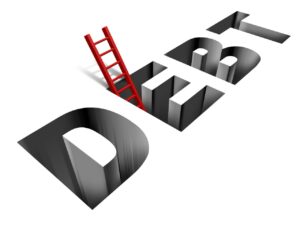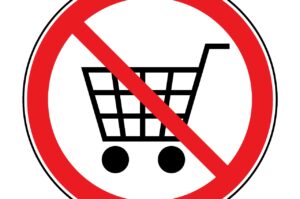Have you ever checked your bank account after a month of careful spending only to be disappointed by the number on the screen? Sometimes, simply following a budget plan isn’t the most effective solution. It doesn’t always help in improving your overall financial health. Sure, you always pay your bills on time, but when that month is over there’s hardly anything left to show for it. This can all change by switching to managing your cash flow instead.
What is cash flow?
Simply put, cash flow is the amount of cash you are receiving minus your cash expenses. This is calculated over a designated period of time. Most often on a monthly basis. This can also be done on a larger scale, such as annually or bi-annually. Doing so gives individuals a look at the bigger picture of their spending habits.
By calculating cash flow, you can discern whether you have positive or negative cash flow. The former means your income is higher than your expenses and vice versa.
How cash flow differs from budgeting
There’s one main difference between cash flow management and basic budgeting. Incorporating a cash flow budget aims to create a surplus in cash for you to use towards goals or savings. Whereas using a budget helps ensure you don’t overspend what you have.
Benefits of focusing on cash flow
Gauge your financial stability
Knowing exactly where your money is coming from and going prevents the stress of being sidelined by poor financial habits. Part of financial health is feeling comfortable spending on things and experiences that you enjoy. Unlike budgeting, cash flow analysis makes this possible over time.
Be prepared for sudden expenses
A lot of people experience unexpected hardship that leaves them with less money than they are used to or expect. The most common being experiencing a layoff, a recession, or a medical emergency. When you’re living paycheck to paycheck, dealing with these sorts of setbacks can leave you feeling helpless. You may even have to rely on loans for a period of time. Without a safety net for these situations, it can take a long time to come back from that debt. Focusing on cash flow will not only keep you from going into debt but is also helpful in setting aside an emergency fund for times like these.
Track changes in economy and spending habits
Even if you put your money towards the exact same things each month your cash balance would be different today than it was when you started budgeting. At the rate inflation is climbing these days, budgets need to be adjusted frequently to fit economic shifts. Tracking by way of cash flow makes it easier to adjust for these changes while still ending the month with a surplus.
Long-term goals
Ultimately, the main benefit of including cash flow in your financial plans is its innate ability to help achieve long-term goals. It makes consistent savings possible in a way you’ve previously only dreamed of.
How to calculate cash flow
When calculating your net cash flow, the first task is to make two lists. The first is of all the ways money flows into your accounts (also referred to as cash inflows). The second of all the ways it flows out (or, cash outflows). Once completed, it’s as easy as subtracting your outflows from your inflows.
Be mindful of the timing of cash inflows and outflows. This is a key aspect of successful cash flow tracking. A budget usually doesn’t consider timing. Knowing when money is going in and out of your account can go a long way to maximizing your accounts, by avoiding late fees or taking advantage of the greatest savings opportunities.
How to improve cash flow when it isn’t where you want it to be?
One way to improve your cash flow is to find ways to increase your inflow. For many, it is quite possible that you’re being underpaid. Sadly, this has become common practice in many industries. This can make it hard to go out there and get what you deserve. There are many ways to recognize whether you’re not being paid what you should, and actions you can take. If making efforts to earn what you deserve in your current job doesn’t work, another way to make more is to brush up on some new skills. Doing so is known to be helpful in landing higher-paying positions.
The reverse, but just as effective, option would be to reduce your outflow. This can be done by discerning between your essential and non-essential expenses. The best place to look for where to adjust is non-essential expenses. Often these have inconsistent spending patterns and are easy to overspend on, for example, eating out. Other good examples are recurring costs that go unused such as gym memberships and streaming services. With all those items listed together, you can easily spot where you might be willing to cut back.
Final Thoughts
Now you know what cash flow is and how it can be used to improve the quality of your life and spending habits. Use it to enhance your financial plan and make it even more efficient. If you are still struggling with managing your cash flow because of debt, feel free to reach out to one of our many trained experts. We can set you on the path to debt relief.




